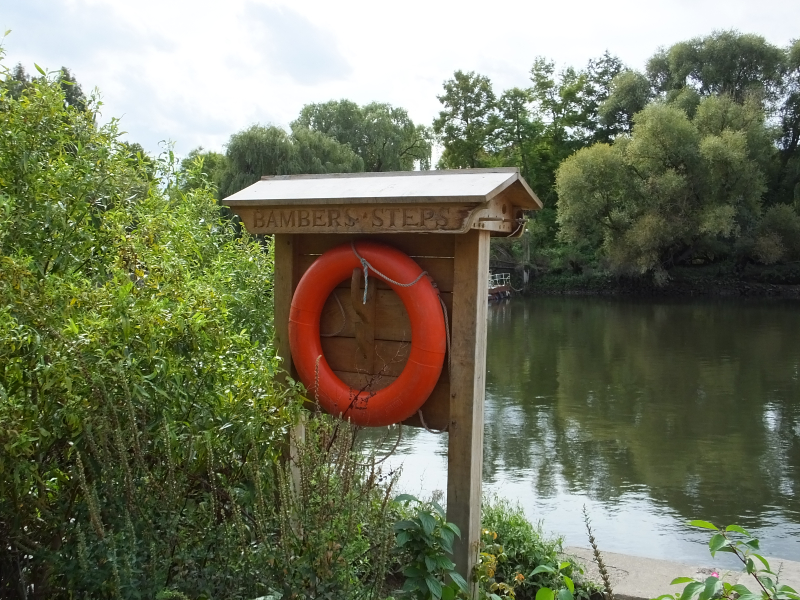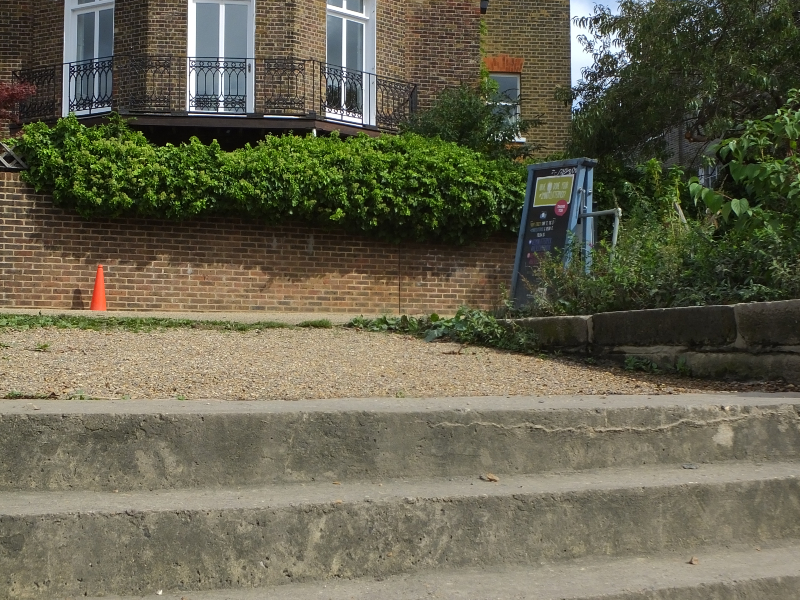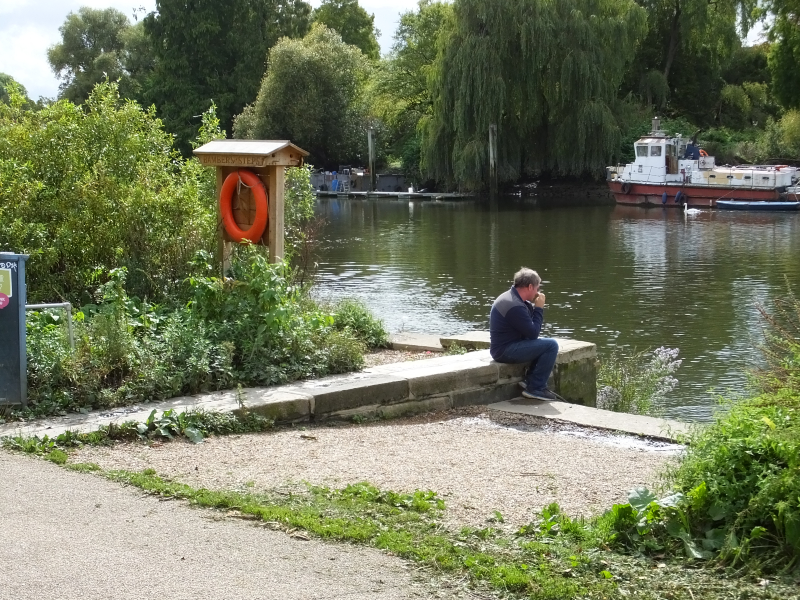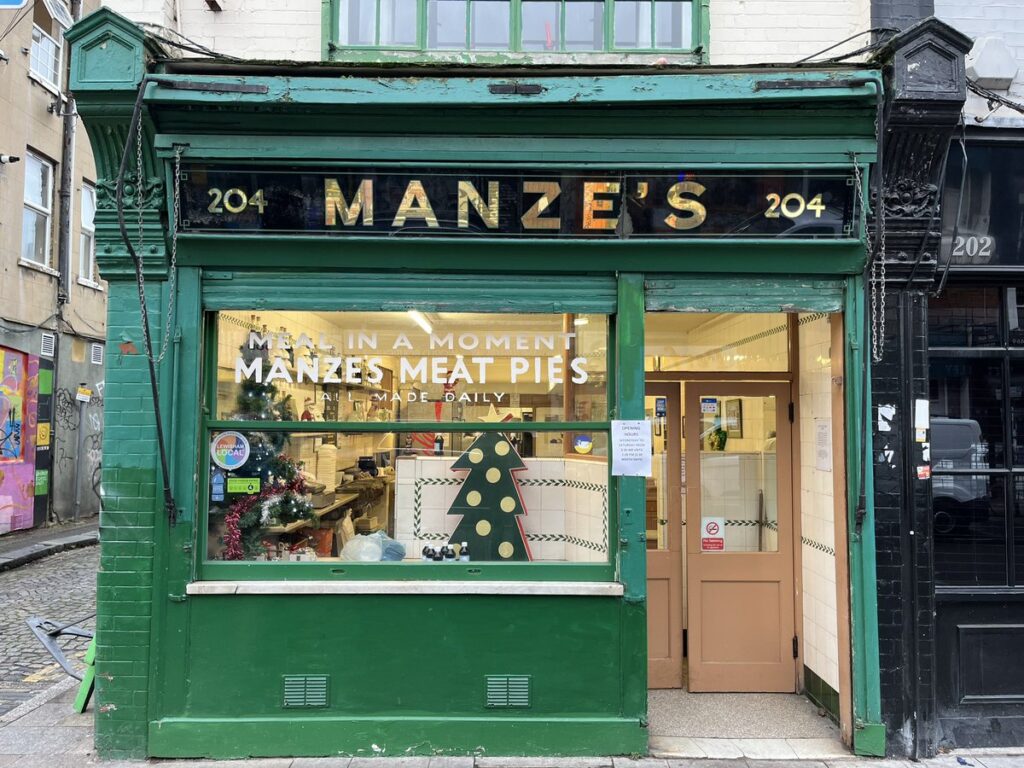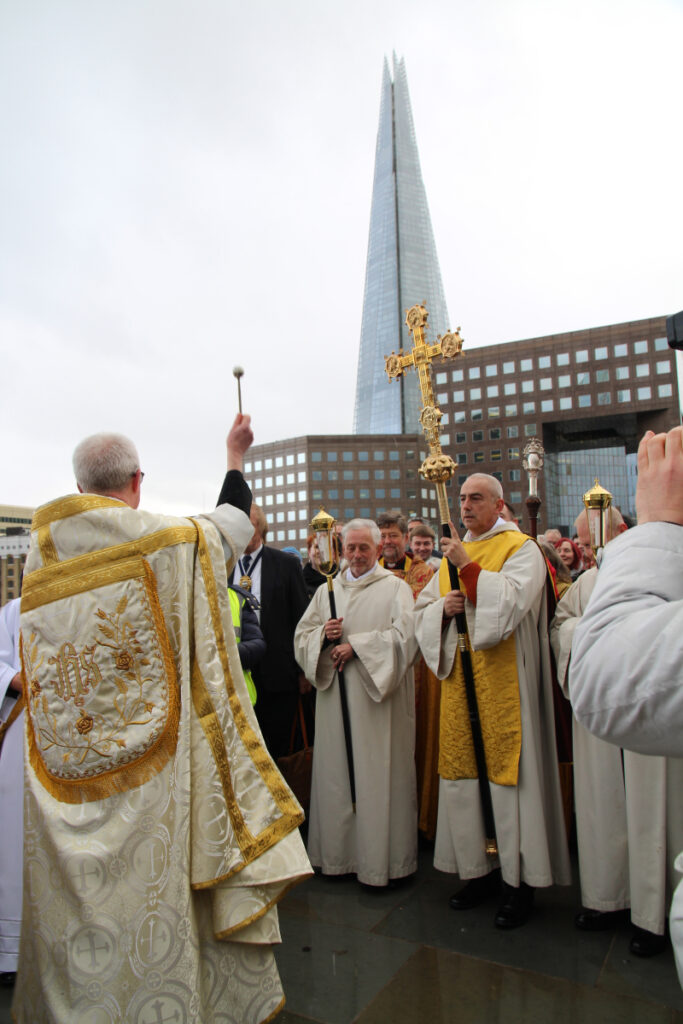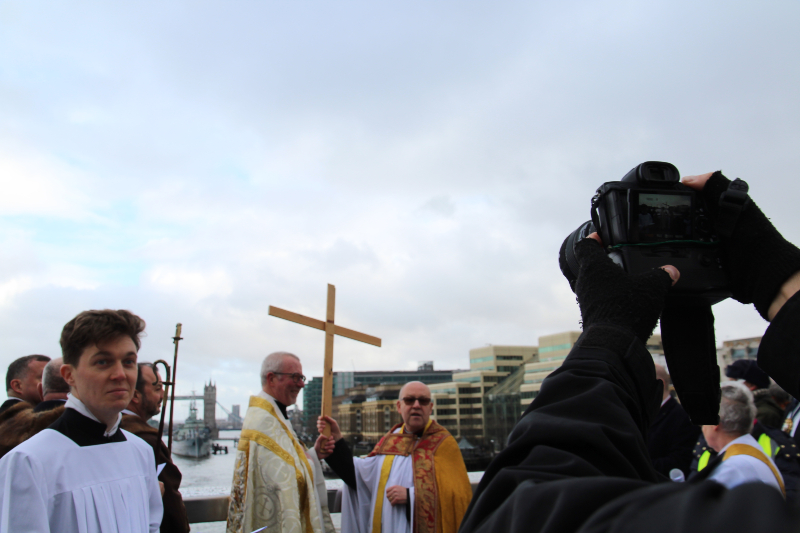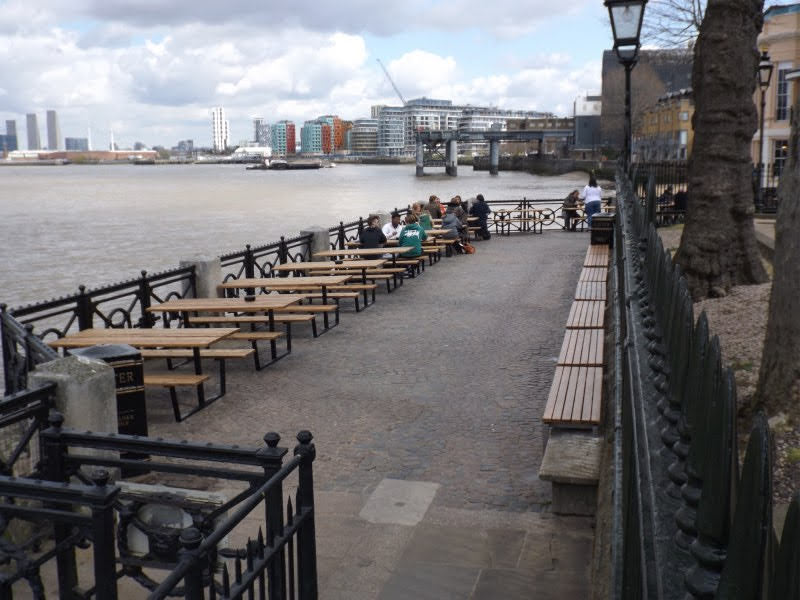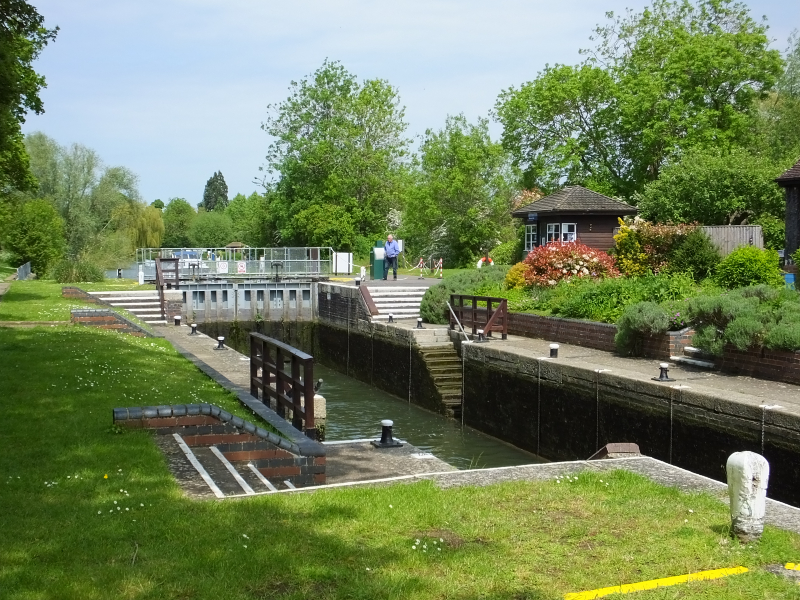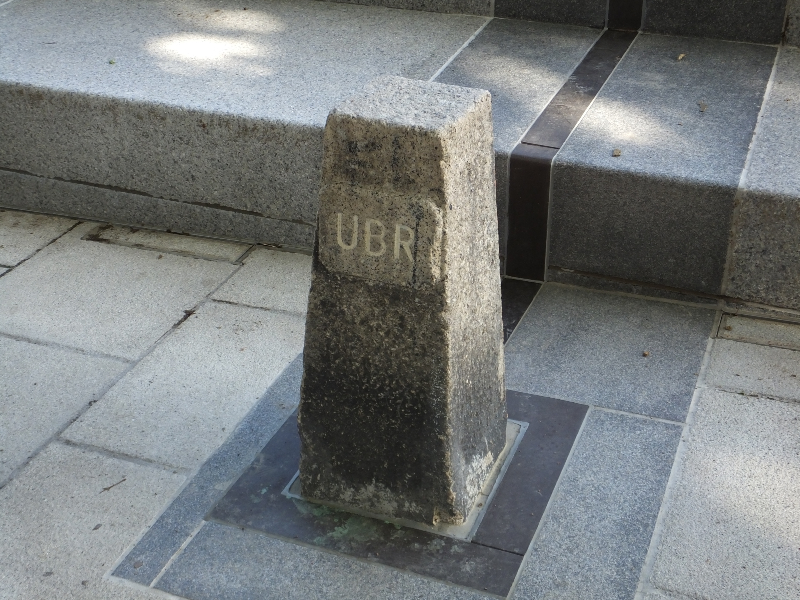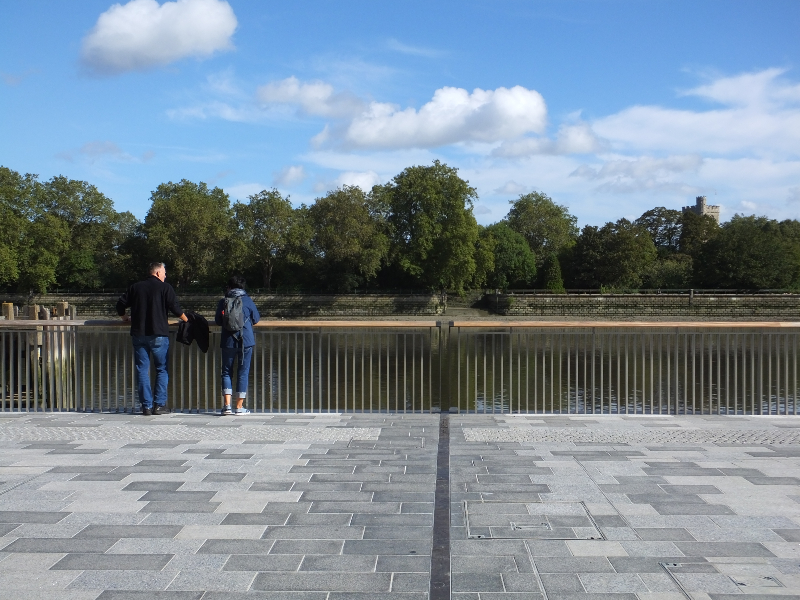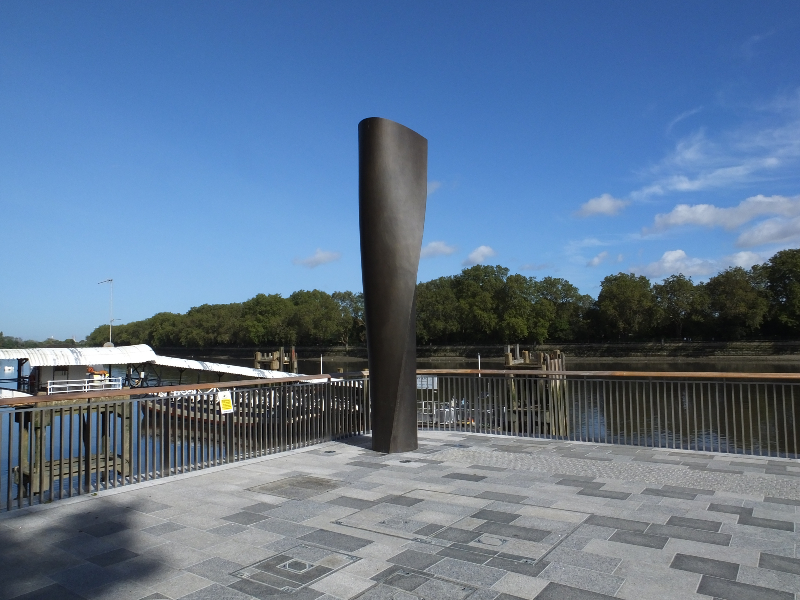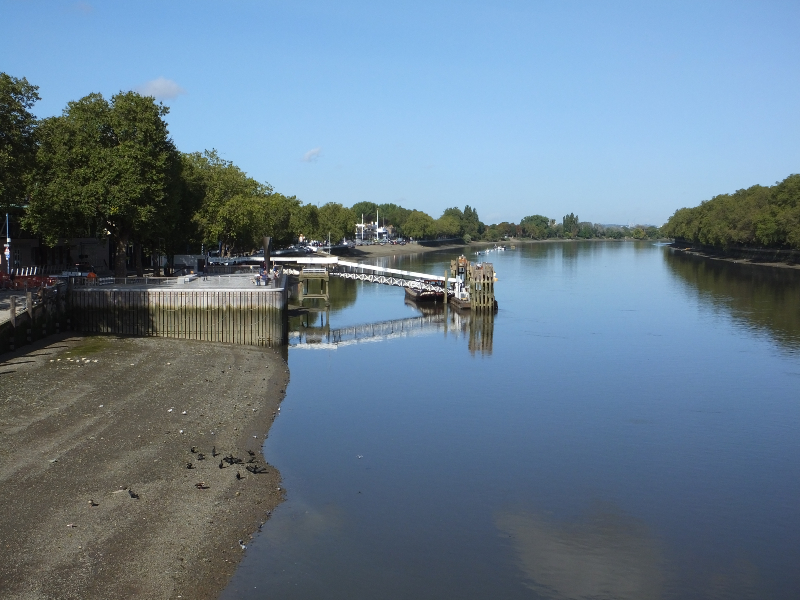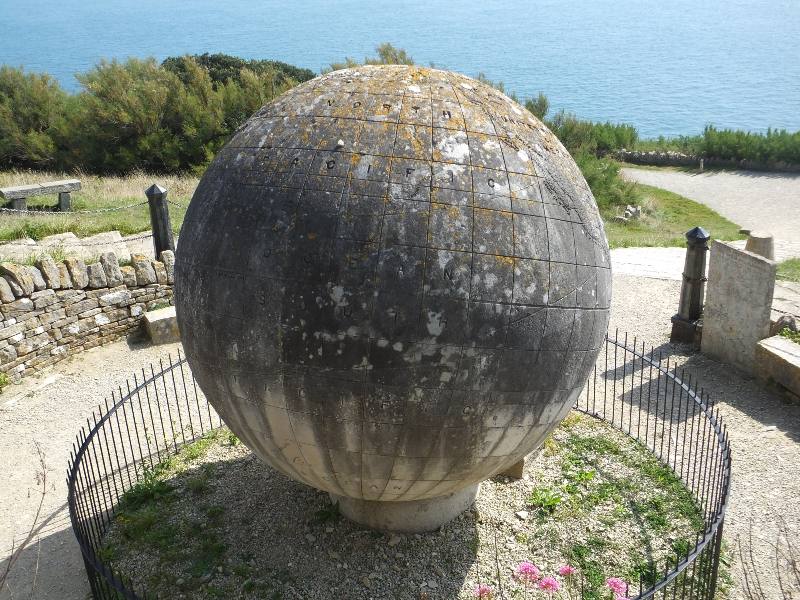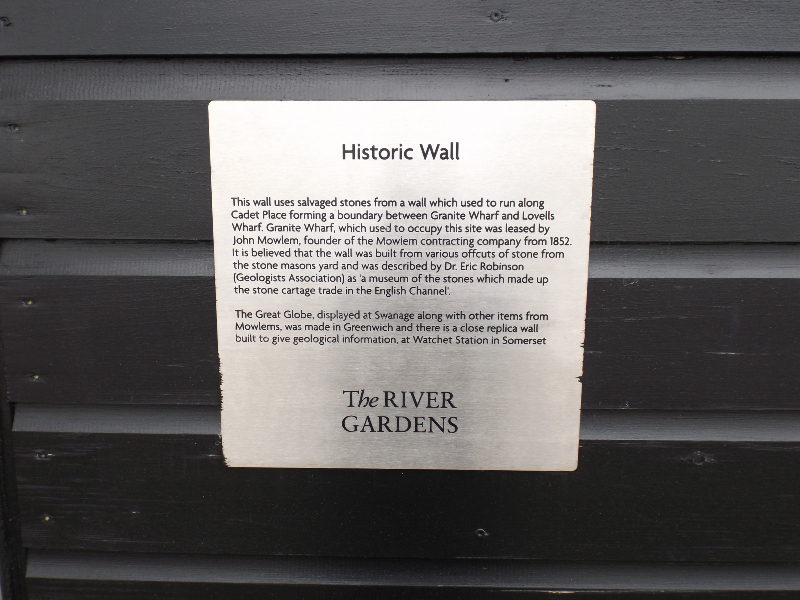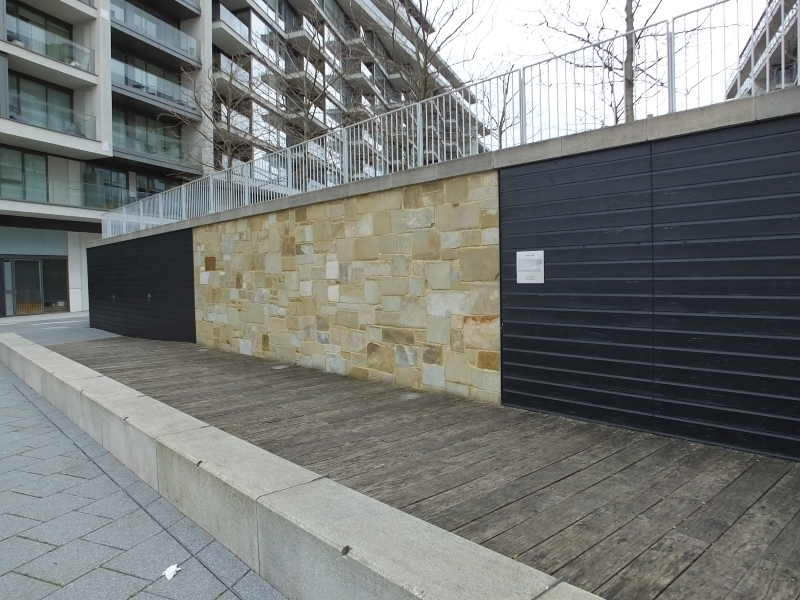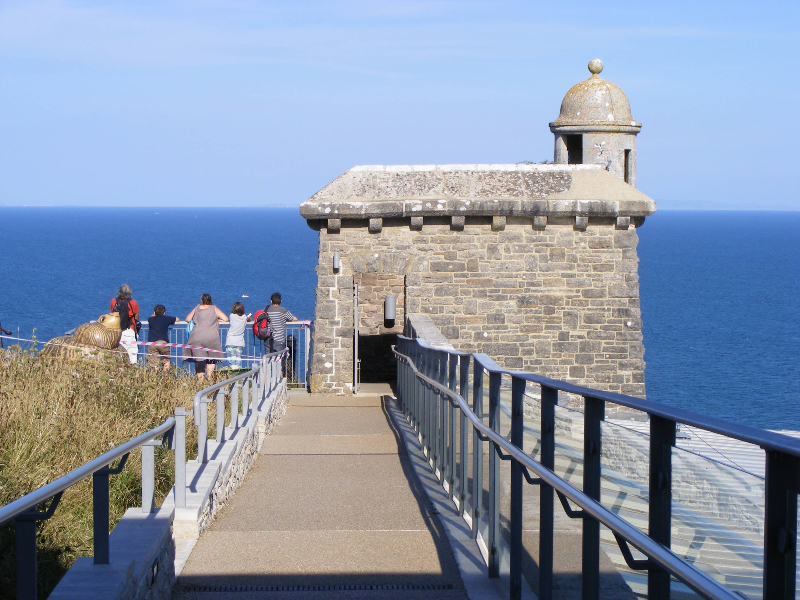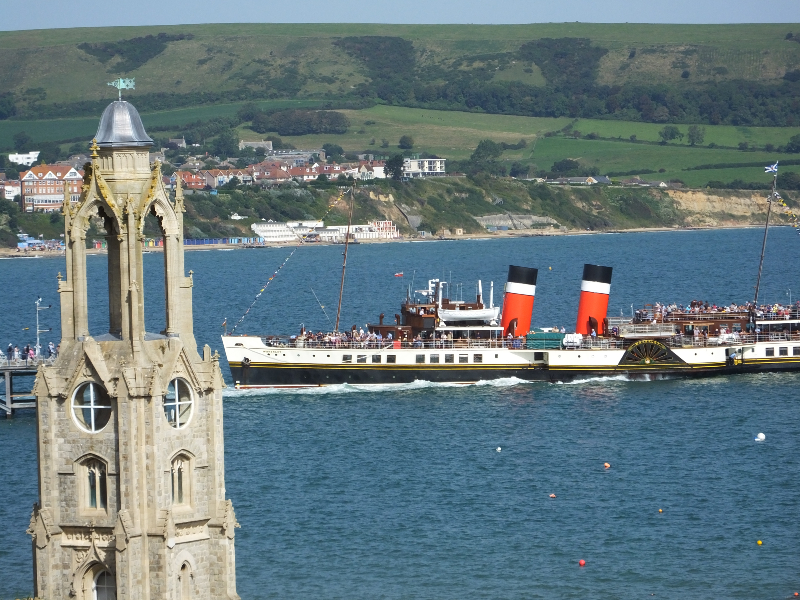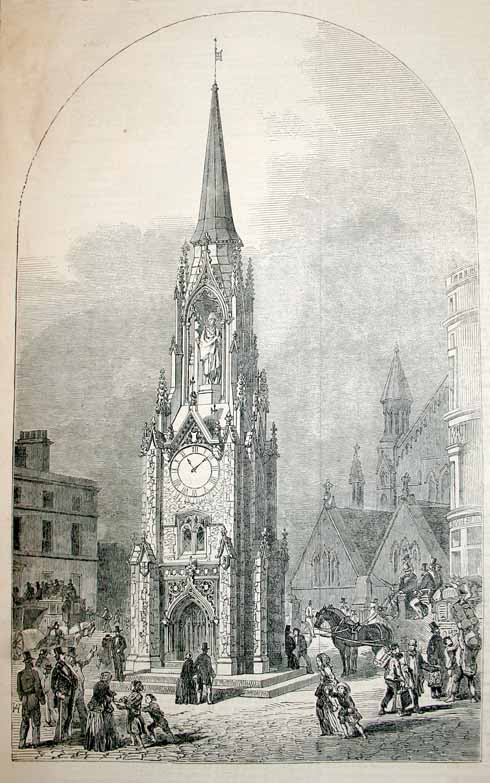Due to the failure of the Environment Agency to repair the wooden horse bridge at Henley’s Marsh Lock there is a new diversion.
This more severe, and at times depressing, 2.7 mile route is necessary as landowner Culden Faw Estate has run out of patience.
For more than a year the estate provided a handy diversion near the river but this has now been withdrawn in an attempt to persuade the Environment Agency to start work.
The Environment Agency is the latest successor to Thames Conservancy which from 1857 to 1974 maintained an experienced in-house work force familiar with the river and able to monitor structures.
The new diversion between Marsh Lock bridge and The Baskerville Arms in Shiplake is explained with a downloadable sheet on the National Trail website
